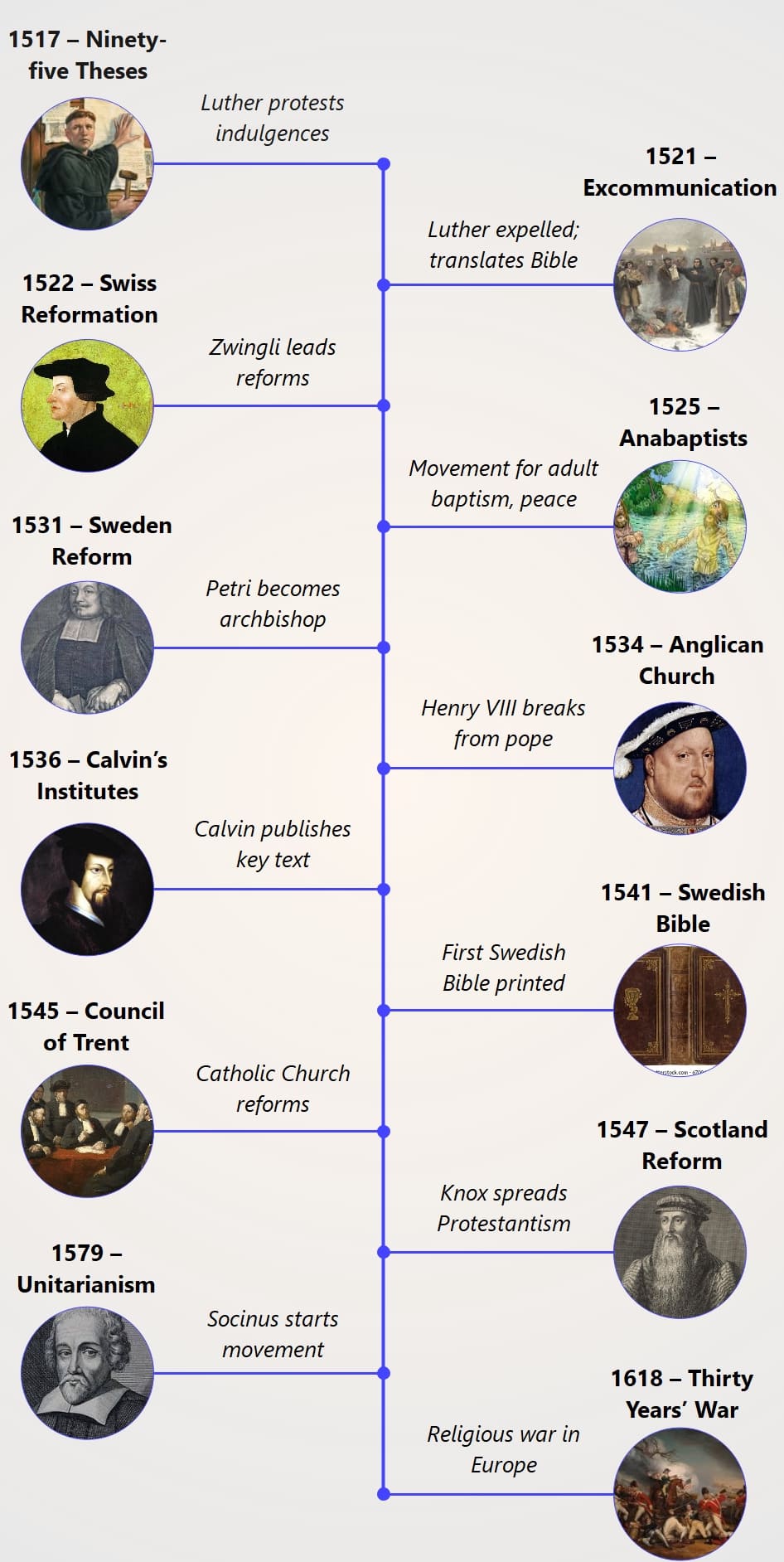Let’s go back more than 500 years to Wittenberg, Germany. The Catholic church asks for funds to relieve people of their sins. And you, as a decent Christian, are outraged at this. Well, that’s exactly how Martin Luther felt. When the Pope of that time, Leo X, declared a doctrine known as ‘indulgence’.
While some within the Roman Church had voiced concerns on this, no one was enraged as much as Martin Luther. And I mean it literally. Because writing the ninety-five theses and nailing it on the door of Wittenberg Cathedral had to take some guts.
Let’s break it all down from the beginning. And especially the widespread impact of the Protestant Reformation in its course.
In this article
Time of the Protestant Reformation
Let’s go back more than 500 years to Wittenberg, Germany. The Catholic church asks for funds to relieve people of their sins. And you, as a decent Christian, are outraged at this. Well, that’s exactly how Martin Luther felt. When the Pope of that time, Leo X, declared a doctrine known as ‘indulgence’.
While some within the Roman Church had voiced concerns on this, no one was enraged as much as Martin Luther. And I mean it literally. Because writing the ninety-five theses and nailing it on the door of Wittenberg Cathedral had to take some guts.
Let’s break it all down from the beginning. And especially the widespread impact of the Protestant Reformation in its course.
Timeline of the Protestant Reformation
1517
As established before, Martin Luther was not buying what other religious scholars were selling to the poor Catholics of that time. For him, making payments to the Roman Catholic Church was nothing but pure corruption. To make his point across, he wrote the infamous Ninety-five Theses. This reform deeply criticized and protested against the indulgences. And this formally marked the start of the Protestant Reformation.
1521
Martin Luther saw how easily the people believed the Church. So he sought to ask why. But the answer was simple. Only the religious scholars knew how to read the Latin Bible. Luther asked for a theological reform of the Church. He argued that sola scriptura (scripture alone) should be the basis for Christian faith, not the pope.
He may not have intended to break with the Church. However, arguments of this sort were considered blasphemous even at that time. And this led to his excommunication, or in simple words, “kicking out” from the Church in 1521 at the Diet of Worms.
1521
After his excommunication, Martin Luther started translating the Bible into German. For the first time, common people could hear the scriptures in their language.
The reformation spread like fire and reached the green Alps of Switzerland. A former priest named Huldrych Zwingli was its leader there. Zwingli started another reform independently of Luther. He believed in a Christian theocracy in which the Church and State joined for the service of God. Luther and Zwingli agreed on some theological matters. But differences were also present.
1525
Many new reforms were emerging all across Europe, as if they were waiting for a movement to begin. A new group, often referred to as “radical reformers,” also had some radical beliefs for their time. They insisted that the baptism be performed on adults and not infants. They were called the Anabaptists.
1531
In Sweden, Laurentius Petri became the first Protestant archbishop. Most of Sweden eventually converted to Lutheranism. From Petri’s appointment to his death in 1573, he played a significant role in the establishment of the Swedish Reformation.
1534
Now, cut to England, where the Reformation’s roots were more political than religious.
Henry VIII wanted an annulment from his first wife, Catherine. He was desperate for a male heir and wanted to marry a younger woman who could grant his wish of a son. However, the Pope continued to refuse to grant him a divorce. For the sake of his heir, Henry decided to abolish the Pope’s authority in England. And established the Anglican church with himself as the supreme head. Thus began the religious reformations in England.
1536
In Switzerland, a French lawyer, John Calvin, published the Institutes of the Christian Religion. This was the first time someone had sat down to write a systematic theological document for the new reform movement.
1541
Petri, along with his brother Olaus Petri and other scholars, published the first Swedish translation of the Bible. It's often called the Gustav Vasa Bible. It was more than just a religious text. It marked a turning point in Sweden’s cultural and linguistic history for centuries to come.
1545
The growing Reformation was creating tension in the Catholic Church. To address it, they held the Council of Trent. Three sessions and twenty-five meetings. This was a direct answer to the Reformation. The Catholic leaders reaffirmed their teachings, tackled corruption, and in turn ignited a Counter-Reformation. And before they knew it, most of Poland and France, even parts of Germany, were reverting to Roman Catholicism.
1547
John Knox, a Scottish clergyman, was spending time in Geneva. There, he met John Calvin. Calvin’s teachings deeply influenced him. It was almost like his ideas lit a spark in Knox. This made him return home and establish the Protestant religion in Scotland.
1579
Faustus Socinus, an Italian thinker, left behind the religious tensions of Italy and made his way to Poland. There, he found a haven for unconventional ideas. He gathered followers who shared his vision of a faith grounded in reason. This community would grow into the Unitarian movement.
1618
In May 1618, tensions in the Holy Roman Empire reached a breaking point. Protestant and Catholic lords met in Prague to debate their rights and the succession of local thrones. The talks quickly soured. And in a flash of fury, Protestant nobles seized two Catholic lords and hurled them… from a 70-foot window. This “Defenestration of Prague” became more than an act of defiance. It gave fire to the decades of hostility between Catholics and Protestants. Those flames soon grew into the Thirty Years’ War. By the time it ended with the Peace of Westphalia in 1648. Much of Europe lay scarred, its borders reshaped, and millions were dead.
How to Make the Protestant Reformation Timeline in EdrawMax?
The Protestant Reformation was one of the most important religious revolutions of the 16th century. A timeline is a strong way to understand its beginning and end.
If you’re new to creating timelines, let me introduce you to EdrawMax. It is an easy-to-use tool built with beginners in mind. Here’s how you can get started:
Step1
- Get Started with EdrawMax
- Install and start the application on your PC
- Sign up or log in to your Wondershare account for free to access the workspace.
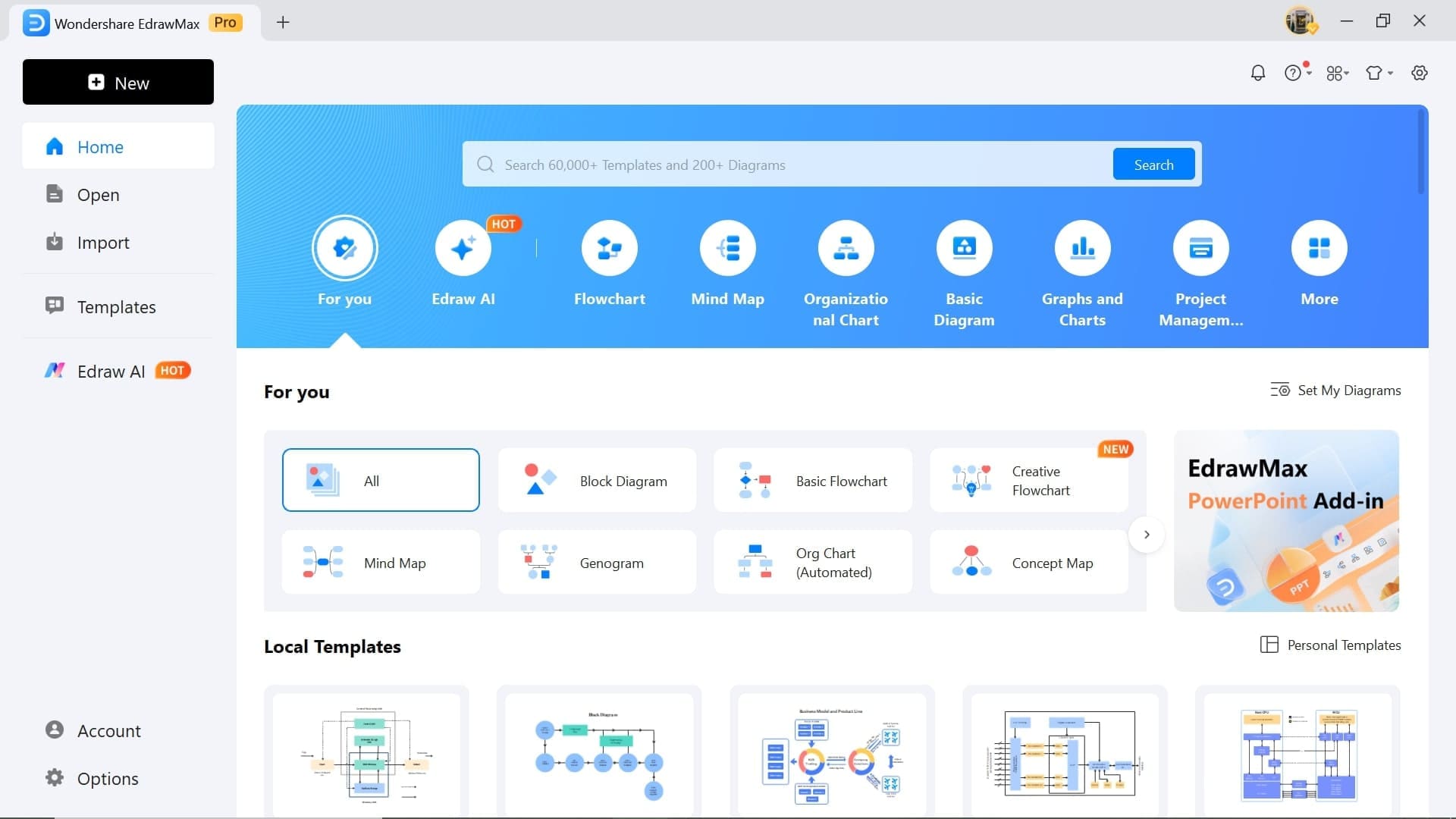
Step2
- Start a New Timeline Project
- Go to Basic Diagram > Timeline from the main dashboard.
- Select Blank Diagram for a custom timeline. It will appear as a small ‘+’ in the mid-left corner.
- Alternatively, pick a pre-built timeline template to save time.
- To pick a done-for-you template, navigate to Templates from the homepage.
- Type Protestant Reformation in the search bar. Get a template with a similar outline.
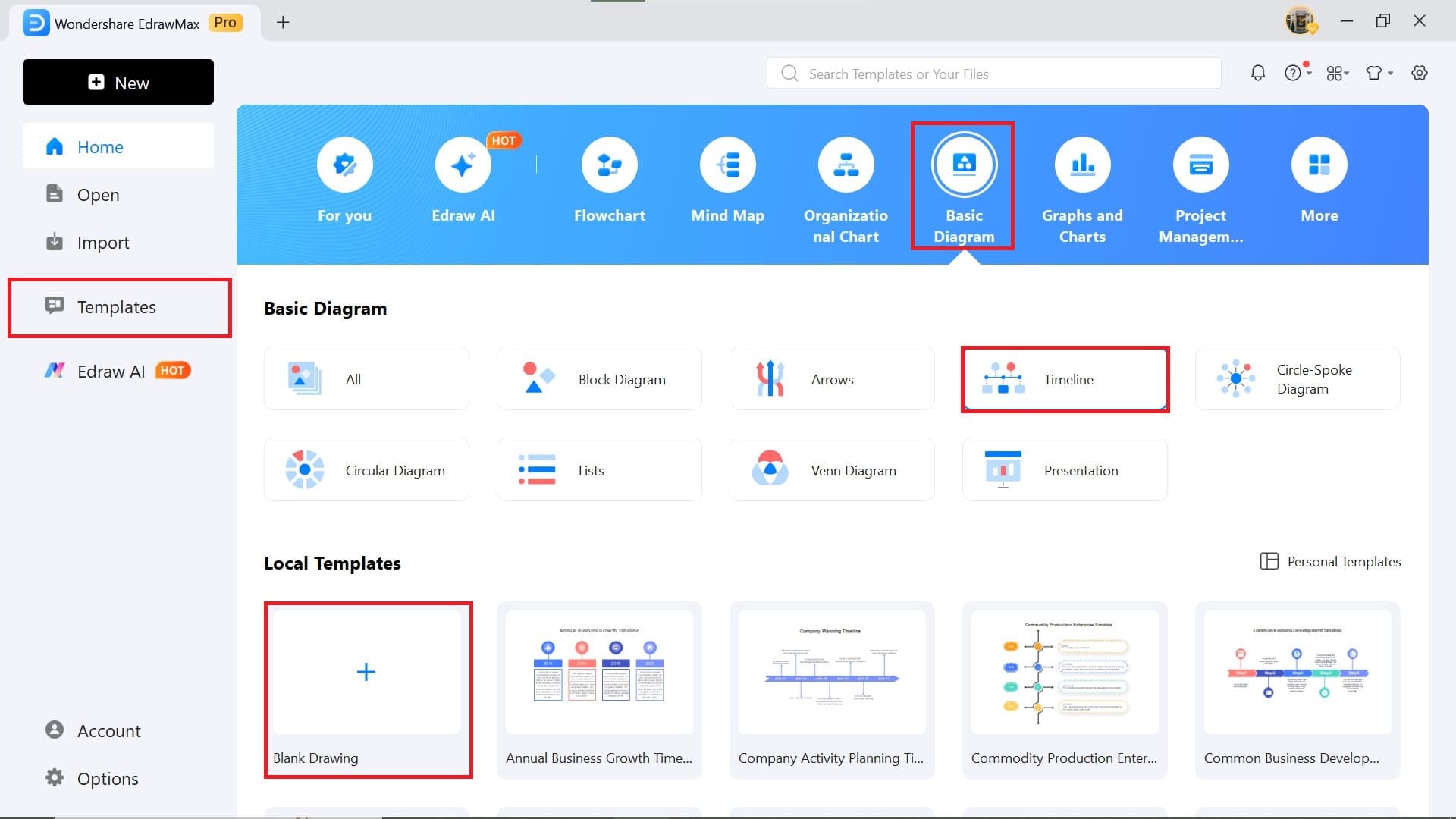
Step3
- Select and Edit a Timeline Layout
- On the canvas, go to Insert on the editing panel.
- Select a timeline structure you prefer and click OK.
- To make edits, double-click the timeline. Select Home from the quick-access bar.
- Tweak anything you want to change, from the colors, size, and style, to the layout.
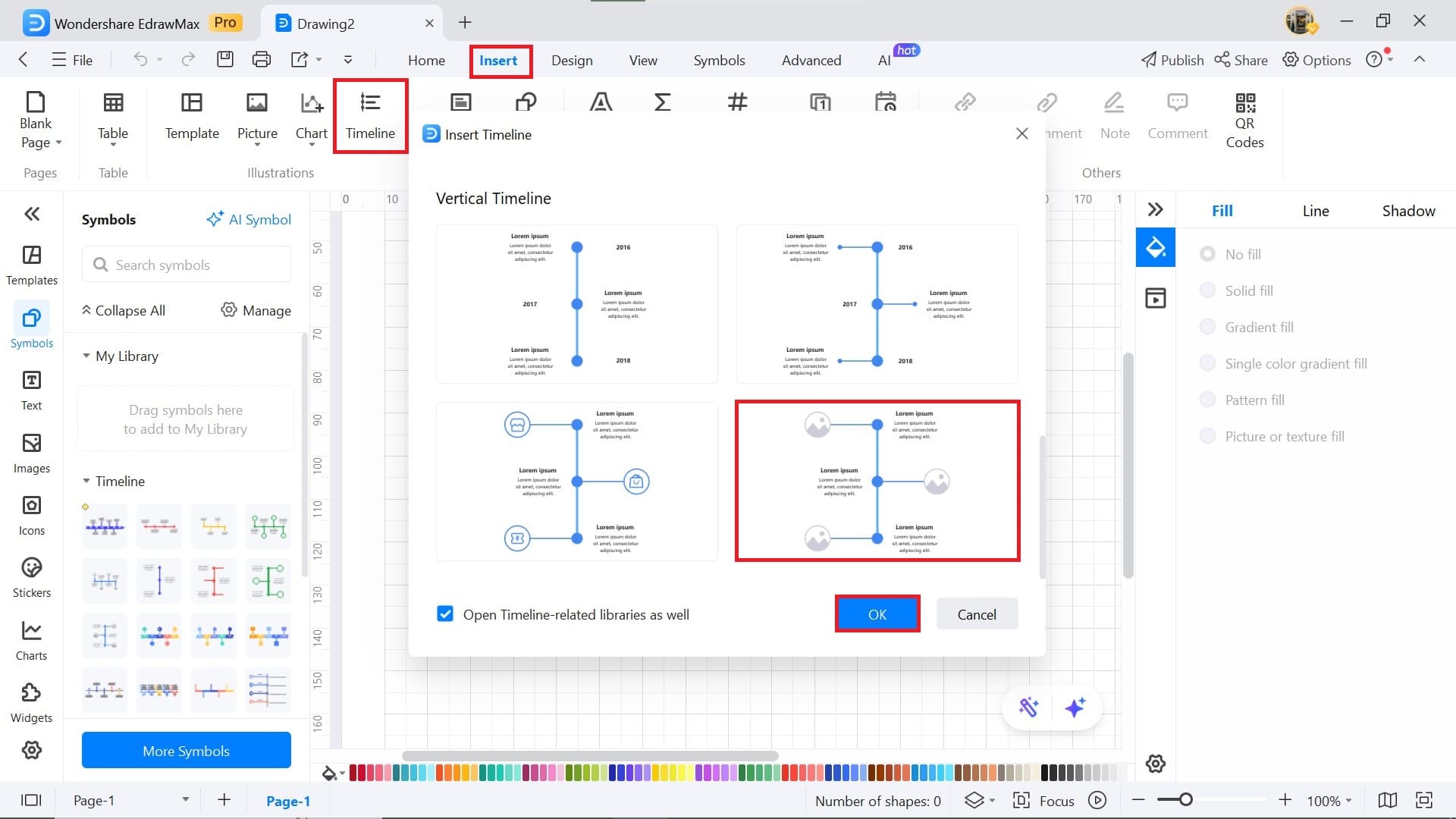
Step4
- Add Milestones or Events
- Select the placeholders where you want to add text.
- For each event or date you can add, remove, or rearrange milestones.
- The formatting panel lets you fine-tune fonts, colors, and sizes to match your theme.
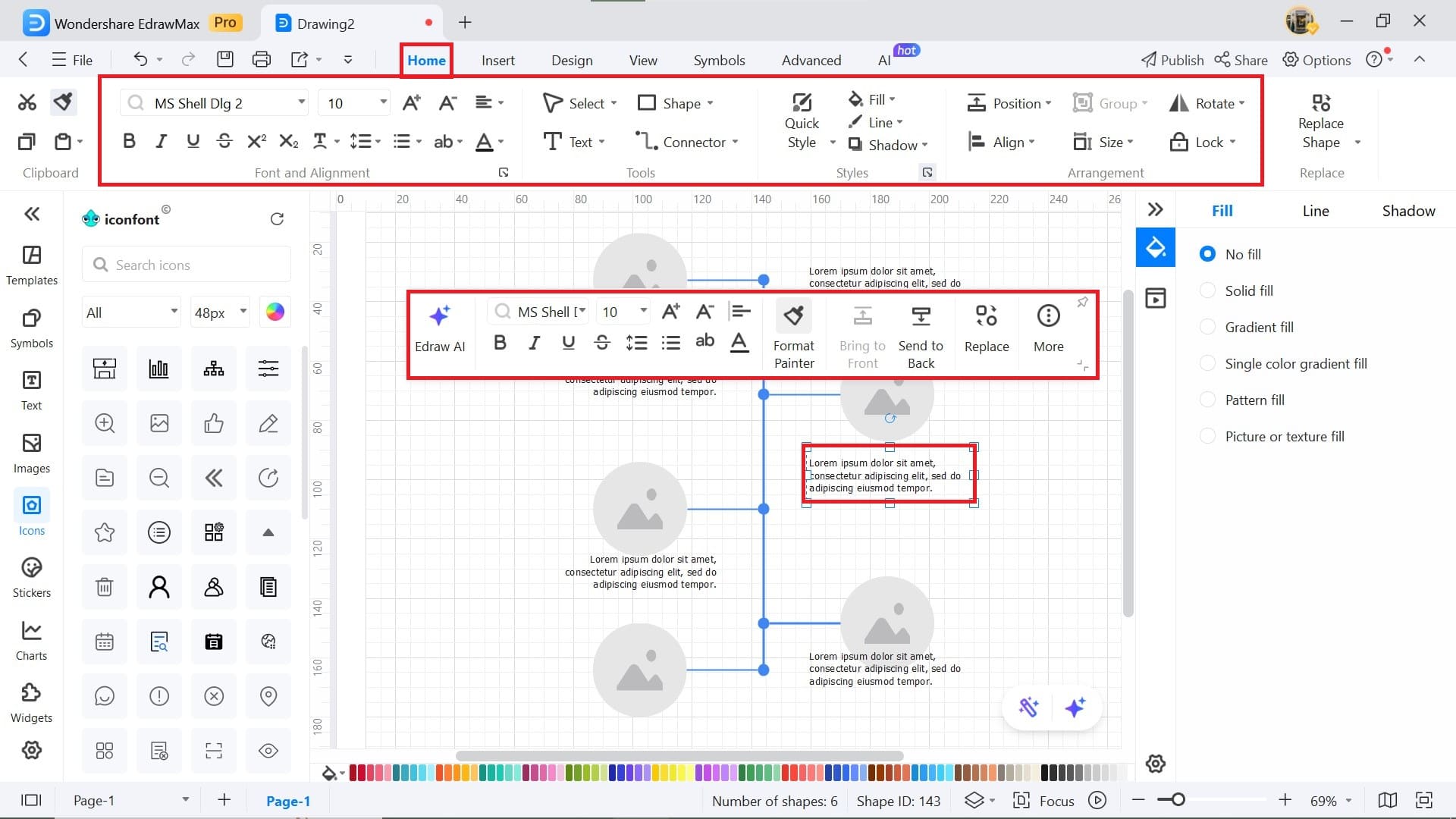
Step5
- Personalize your Timeline
- Go beyond the basics. And give the timeline a personal touch.
- The Icon section on the left panel lets you incorporate interactive icons.
- Navigate to the Design bar. Add background colors or images.
- From the bottom color bar, change the color of the outline.
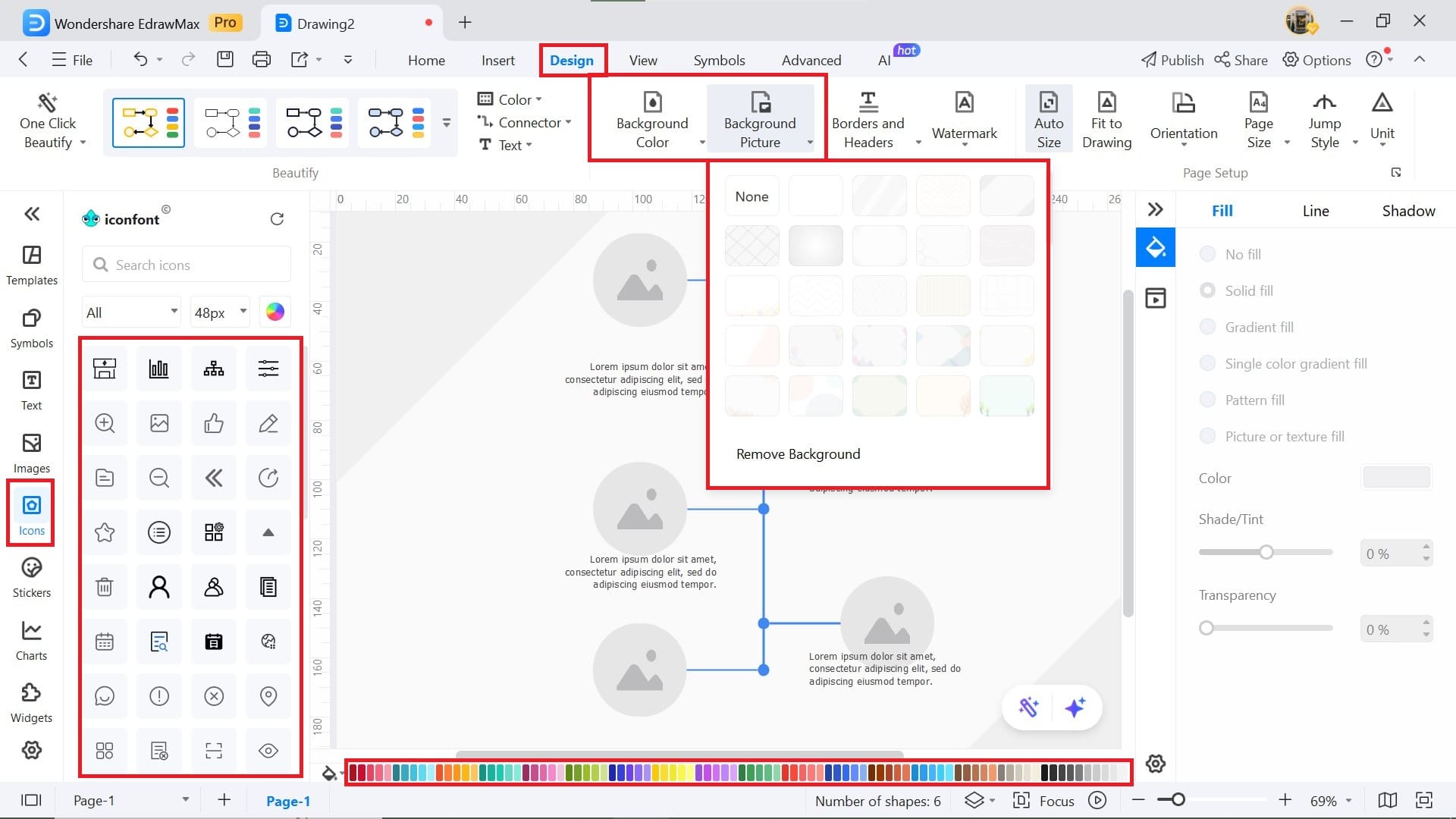
Step6
Export and Share Your Timeline
It’s time to save it. Hit Export and choose from various formats such as:
- PNG/JPG for images
- PDF for print-friendly files
- PPTX for slideshows
- XLSX for data-linked presentations
Alternatively, go to Share on the quick-access panel.
Create a link and share it with anyone to show your timeline.
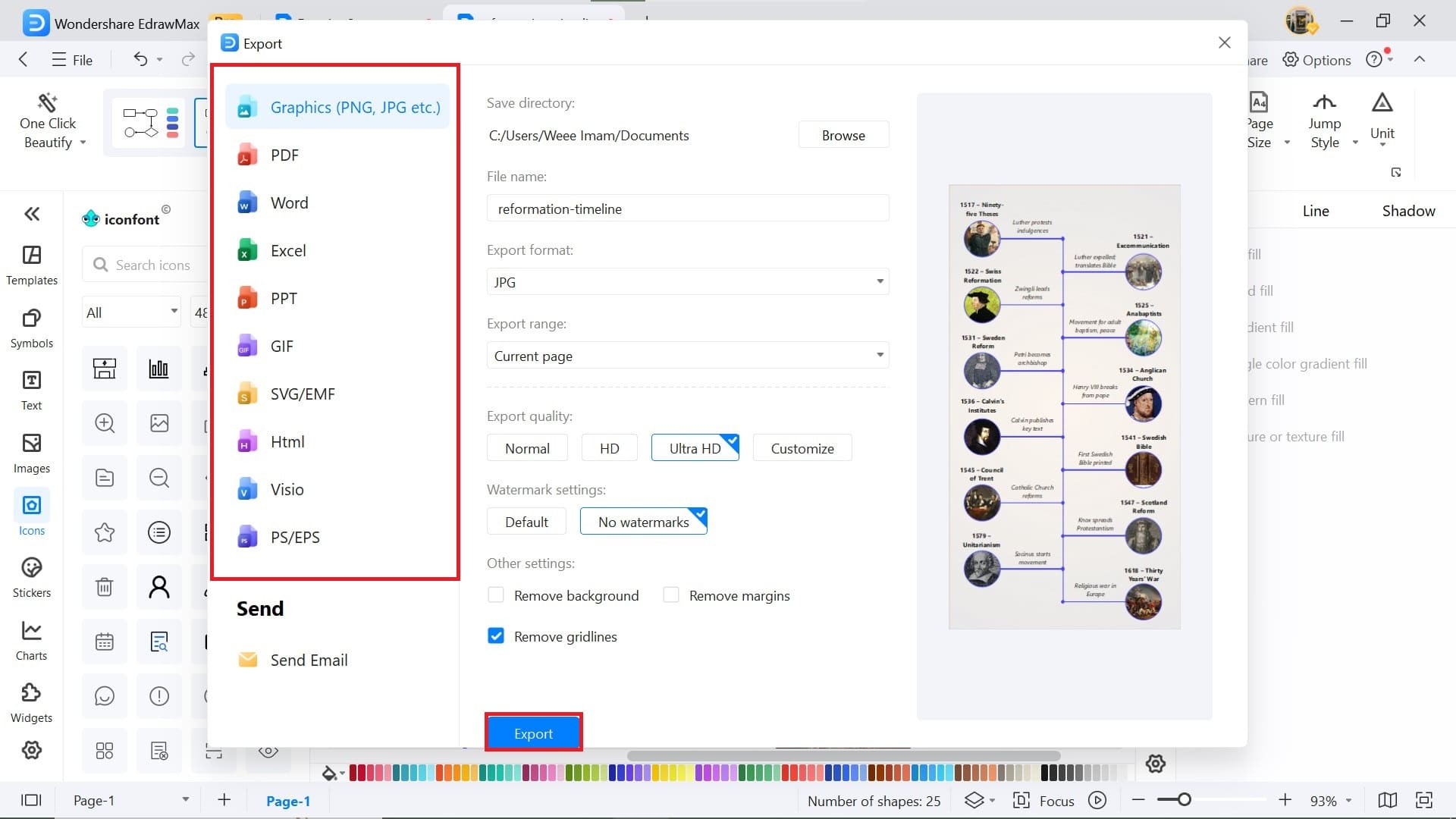
Closing Remarks
From 1517 to 1618, the religious landscape of Europe changed drastically. Many reforms came and went, but one stood the test of time. The Protestant Church still has quite a huge following across the world. Its demographics may be changing, but its numbers are on the rise.
To break down big topics like this into more palatable information, give EdrawMax a try. Test its ready-made templates. And explore what you can create with this tool in no time.




